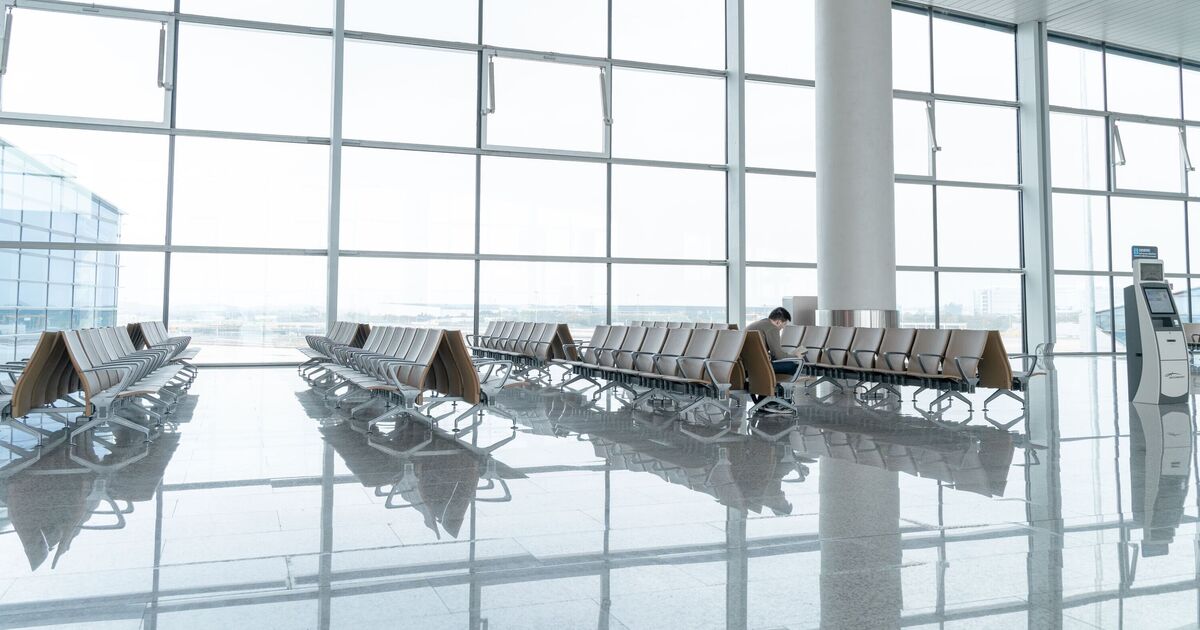With over $240 million invested and a designed capacity of 400,000 passengers per year, Pakistan’s newest and most expensive airport opened in 2024 on the outskirts of Gwadar – a coastal city in the southwestern province of Balochistan.
Built with significant Chinese funding as part of the massive China-Pakistan Economic Corridor (CPEC), the New Gwadar International Airport was envisioned as a symbol of progress and international connectivity.
A quick check on aviation tracker Flightradar24 tells another story: on average, only one flight departs and arrives at the airport each week, both to and from Karachi. That is a far cry from the bustling international hub promised during its construction.
Sitting on the Arabian Sea, Gwadar’s new airport is the centrepiece of China’s multibillion-dollar plan to link its western province of Xinjiang to warm-water ports. Yet as international relations expert Azeem Khalid told The Independent: “This airport is not for Pakistan or Gwadar.
“It is for China, so they can have secure access for their citizens to Gwadar and Balochistan.”
The grand opening ceremony was a low-key affair: security fears meant that Pakistani Prime Minister Shehbaz Sharif and Chinese Premier Li Qiang attended virtually, and the inaugural flight was closed to both media and public.
Security remains tight – watchtowers, checkpoints and armed patrols are common sights around the city. Despite its strategic importance, Gwadar itself has a contrasting reality.
The city has fewer than 90,000 residents and isn’t connected to Pakistan’s national electricity grid – locals rely on solar panels or imported Iranian energy. The province of Balochistan remains one of the poorest regions in Pakistan.
Many residents say development has failed to reach them: there are chronic shortages of drinking water and work opportunities have all but dried up since Gwadar’s days as an Omani port town decades ago.
Now, daily life is punctuated by identity checks and restricted movement as authorities ramp up security to protect Chinese workers and investments.
Roads are routinely closed for VIP convoys while intelligence officers keep a close eye on journalists. The influx of Chinese money has not translated into local jobs or improved living conditions.
Abdul Ghafoor Hoth, district president of the Balochistan Awami Party, said that not a single resident of Gwadar was hired at the new airport – not even as a watchman. “Forget the other jobs, how many Baloch people are at this port that was built for CPEC,” he told The Independent.
Despite government claims CPEC has created around 2,000 jobs locally, it remains unclear if these roles benefit Baloch residents or outsiders brought in from other parts of Pakistan. The CPEC corridor has fuelled decades-long insurgency in resource-rich Balochistan.
Separatist groups contest what they see as exploitation by Islamabad at their expense and have targeted both Pakistani soldiers and Chinese workers in violent attacks. Security concerns delayed the airport’s inauguration; officials feared nearby mountains could provide cover for militants.
Since a government crackdown in 2014 briefly reduced violence, attacks have risen again following the collapse of a Taliban ceasefire in late 2022. Locals say anyone who speaks out risks detention or worse – forced disappearances remain a grim reality according to activists.
International relations expert Khalid sums up local frustrations: “The Pakistani government is not willing to give anything to the Baloch people, and the Baloch are not willing to take anything from the government.” The result is an ‘economy of appearances’ where impressive new facilities mask deep-seated exclusion for ordinary residents.

